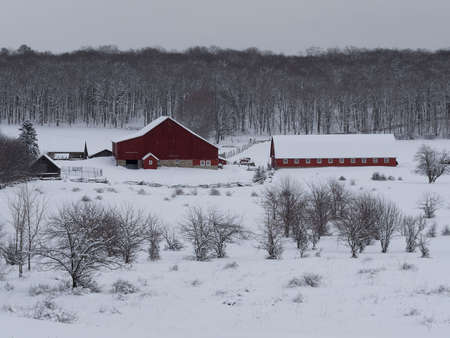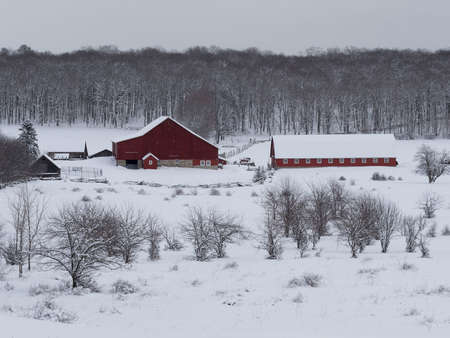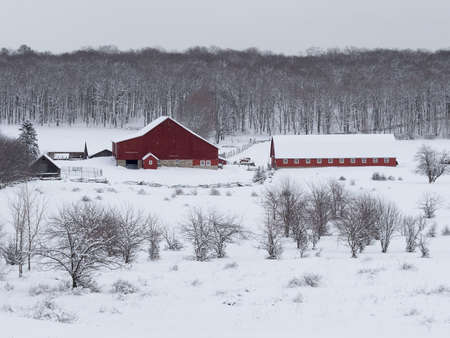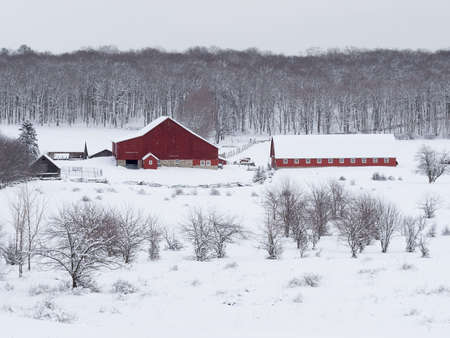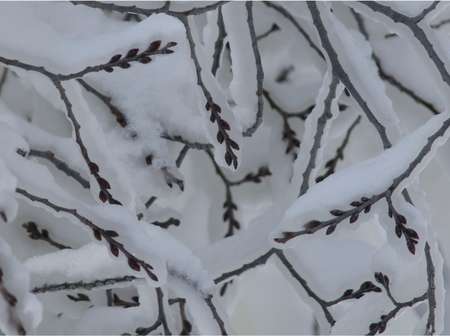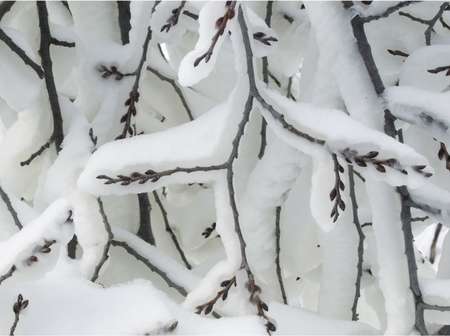Winter can be a great time to do some outdoor shooting, even in the cold and snow. Unfortunately, one of the greatest challenges (besides keeping your fingers warm) is to get the proper exposure. Camera sensors are designed to average out the light so that a scene is neither under- nor overexposed.
When shooting a snow-filled scene it’s pretty typical for the camera to dull the whites and make them gray (18% gray, to be exact). The problem becomes even more pronounced when shooting under overcast skies.
Fortunately your camera comes with a few features that can help alleviate that issue. One of the easiest ways of ”fighting the grays” is to use exposure compensation. When shooting in one of the Manual Modes (A, S or M) or the Program Mode, purposely overexposing the image can help whiten the snow and add brilliance to colors in the final photograph.
To really see the difference, take a shot with no exposure compensation (0.0 EV). Then gradually bump up the exposure for subsequent images (+0.3 EV, +0.7 EV, +1.0 EV, etc.). The amount of compensation will depend on two important factors – the amount of snow in the scene and the quality of light. A bright sunny day will need less compensation than a dull overcast day.
Another important tool to use is your camera’s built-in histogram, which is a graphical representation of the distribution of pixels in your image and shows overall exposure. This graphic can really help you decide just how much exposure compensation to add. For a typical outdoor landscape in any other season, the midtone range has the most data – the histogram looks like a nice hill with a gentle slope on both sides. When shooting snowscapes, however, it is better to ”pull” the histogram to the right. This will force the camera to brighten the whites. Just be careful not to go to the extreme right or you will blow out all of your highlights. As with most things in photography, experimentation is key.
(Notice that the shutter speed changes quite dramatically when you apply exposure compensation. A tripod might be necessary if you go down to very slow shutter speeds.)
Finally, another great feature built into most Olympus cameras is Beach and Snow, one of the Scene Modes. It automatically adds a bit of exposure compensation to the final image. It just doesn’t correct for yellow snow!
ABOUT PETER BAUMGARTEN
Web:http://www.creativeislandphoto.com
Blog:http://www.creativeislandphoto.com/blog
Twitter:@creativeisland4
Peter has been a dedicated Olympus shooter for over 30 years, and he has found a way to combine his passion for photography with his love of teaching to develop photography and graphic design courses at the high school level.
